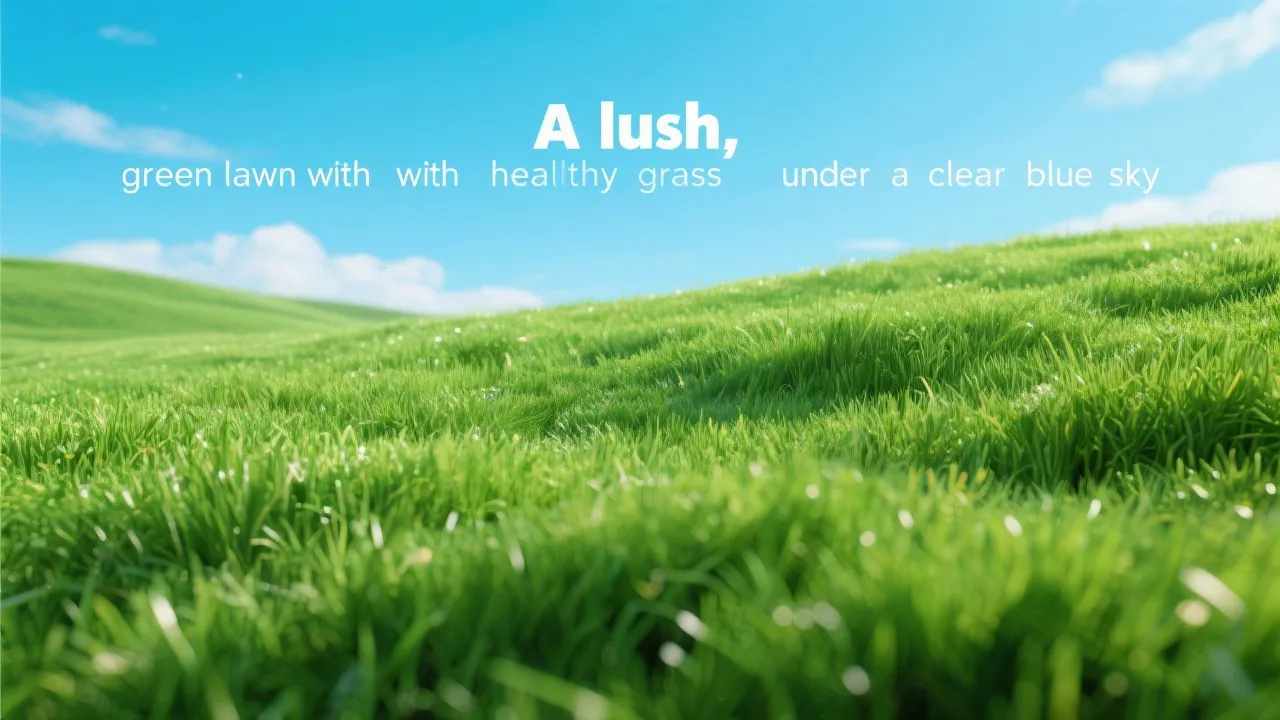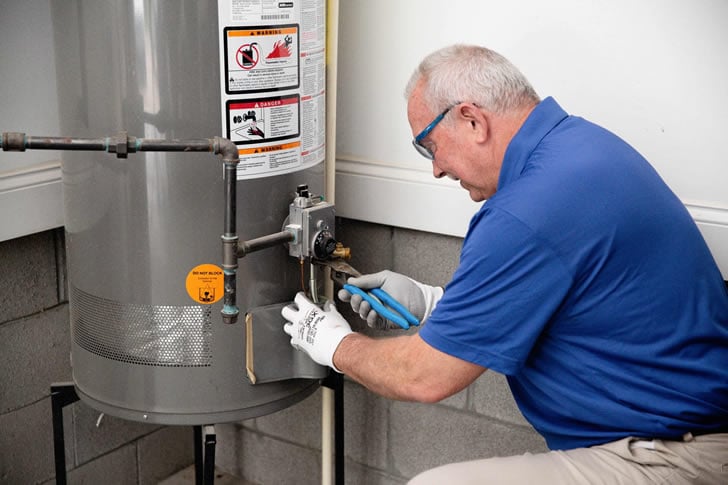Understanding Zanc Poa for Lawns
Zanc Poa is a prevalent grass variety known for its exceptional tolerance and adaptability, making it a popular choice for robust and visually appealing lawns. This article delves into the characteristics, maintenance, and installation process of Zanc Poa, shedding light on its unique advantages in landscaping. The durability and aesthetic appeal of Zanc Poa lend itself well to both residential and commercial applications.

Introduction to Zanc Poa
For those looking to enhance their landscapes with a durable and visually appealing grass option, Zanc Poa is an ideal choice. Widely celebrated for its resilience and adaptability, Zanc Poa thrives in various climates and offers lush, green coverage that enhances the visual appeal of both residential and commercial properties. This grass variety stands out not just for its beauty but for its functionality, making it a preferred choice among landscapers and homeowners alike.
The Unique Characteristics of Zanc Poa
Zanc Poa is part of the Poaceae family, renowned for its hardiness and ability to flourish in diverse environments. Unlike many grass varieties, Zanc Poa exhibits a notable resistance to diseases and pests, which drastically reduces the need for chemical treatments, contributing to a more eco-friendly landscaping solution. In addition to its resilience, Zanc Poa remains green and vibrant throughout various seasons, making it an attractive year-round choice. Its growth is dense, which not only creates an appealing visual texture but also contributes to better soil health and erosion control.
Moreover, Zanc Poa has adapted well to different soil conditions, including sandy and clay soils, providing flexibility for homeowners who may not have ideal growing conditions. The grass's fine texture and rich color create a lush appearance that rivals traditional turf grasses. Its ability to tolerate foot traffic also makes it a practical choice for higher usage areas, such as parks and recreational fields.
Maintaining a Zanc Poa Lawn
Proper maintenance is key to maximizing the health and appearance of Zanc Poa. Regular mowing, ideally to a height of about 2 to 3 inches, encourages healthy growth and discourages weed invasion. Keeping the grass at the right height allows sunlight to penetrate effectively, which promotes photosynthesis and robust growth. It's essential to utilize sharp mower blades to achieve a clean cut, which helps the grass heal quickly and keeps it looking pristine. Additionally, mulching clippings back into the lawn can provide natural nutrients and moisture retention.
Watering is another critical aspect of lawn care. During dry spells, ensure adequate watering, typically about 1 inch per week. It’s beneficial to water early in the morning or late in the afternoon to minimize evaporation. Implementing deep watering practices encourages deep root growth, which can increase drought tolerance. Hand watering or using soaker hoses in smaller areas can provide targeted moisture where it's needed the most.
Fertilization every 6 to 8 weeks during the growing season will further boost its growth and color. A balanced fertilizer that includes nitrogen, phosphorus, and potassium can help maintain robust health. Organic options such as compost or natural fertilizers can also be highly beneficial, contributing to soil health while minimizing chemical runoff. Additionally, aerating the lawn annually can improve root development and allow better penetration of water and nutrients.
Installation and Establishment Process
Starting a Zanc Poa lawn involves selecting quality seed from a reputable supplier and ensuring the soil is well-prepared. The area should be cleared of debris, and the soil should be aerated to promote root development. Prior to planting, it's advisable to conduct a soil test to determine pH and nutrient levels, ensuring that the soil conditions are optimal for Zanc Poa. Depending on the results, soil amendments like lime or sulfur can be added to balance pH levels effectively.
Zanc Poa seeds require consistent moisture to germinate and establish effectively, so irrigation is essential during the early stages. The seeds should be spread evenly across the prepared soil, preferably using a broadcast seeder to ensure uniform coverage. Once the seeds are sown, it's important to lightly rake the soil to improve seed-to-soil contact, then water thoroughly to initiate germination.
During establishment, daily watering may be necessary, especially in the absence of rainfall. As the seedlings emerge, reduce watering frequency but increase the amount of water applied to encourage deeper root growth. It's also vital to keep the area free from weeds during this period, as they can outcompete Zanc Poa seedlings for nutrients and sunlight. Utilizing a light mulch layer can suppress weed growth while retaining soil moisture.
Pros and Cons of Zanc Poa
| Pros | Cons |
|---|---|
| High disease resistance | Requires steady moisture |
| Year-round green appearance | May not tolerate extreme drought easily |
| Low maintenance requirements | Slightly slower spread rate than other grasses |
| Dense growth prevents weed establishment | Initial establishment can take longer compared to quicker-growing grass types |
| Environmentally friendly due to low pesticide need | Requires regular fertilization to maintain optimal health |
Environmental Impact of Choosing Zanc Poa
Opting for Zanc Poa not only benefits your lawn's appearance but also positively contributes to the environment. Its resilience minimizes the need for pesticides, fostering an environmentally friendly landscape. Furthermore, its dense growth habit helps control soil erosion and improves soil health naturally. By creating a thick mat of grass, Zanc Poa reduces runoff during heavy rains, allowing water to infiltrate the soil where it can do less harm and be used more efficiently by plants and microorganisms.
Additionally, choosing a drought-resistant grass like Zanc Poa can lead to significant water savings, especially in regions prone to dry conditions. This grass type has adapted naturally to use available water more efficiently than many other turf options. As a result, communities looking to conserve water resources would greatly benefit from incorporating Zanc Poa into their landscaping strategies.
The presence of a healthy Zanc Poa lawn can also enhance local biodiversity. Healthy grass provides habitat for small wildlife and beneficial insects, including pollinators. This organism diversity can contribute to a balanced ecosystem, providing pest control and promoting healthier garden environments.
FAQs
- What climates are suitable for Zanc Poa? Zanc Poa is versatile, tolerating a wide range of climates but performs best in temperate regions. Areas with moderate temperatures and balanced rainfall can optimize its growth potential.
- How often should Zanc Poa be fertilized? Regular fertilization during the growing season, typically every 6 to 8 weeks, is recommended for optimal growth. Soil tests can guide you on specific nutrient needs.
- Is Zanc Poa pet-friendly? Yes, Zanc Poa is generally safe for pets and provides a comfortable surface for them to play on. Its durability allows it to withstand playful activity.
- What should be done if my Zanc Poa lawn begins to brown? Ensure consistent watering and assess if additional fertilization or pest control is needed. Brown patches can sometimes indicate lack of nutrients or excess watering.
- Can Zanc Poa be overseeded with other grass types? While Zanc Poa can grow well on its own, overseeding with compatible grass types can enhance aesthetic variety and flexibility in response to changing weather conditions.
- How does Zanc Poa compare in cost to other grasses? Initially, Zanc Poa seeds might be more expensive than some common grass seeds, but its long-term benefits in reduced maintenance costs and higher resilience often offset these initial costs.
- Does Zanc Poa require specific soil types to thrive? Zanc Poa has shown adaptability to various soil types, although well-draining, loamy soil is ideal. Poor drainage conditions should be addressed before planting.
Conclusion
Zanc Poa stands out as a dependable grass choice due to its resilience, aesthetic appeal, and environmentally friendly characteristics. Whether you're managing a backyard lawn or a large commercial landscape, Zanc Poa provides a lush and enduring ground cover that meets various needs while supporting sustainable gardening practices. By integrating Zanc Poa into your landscaping, you're opting for a grass type that not only beautifies your environment but also contributes to ecological health.
In addition, educating yourself about best practices in its care and maintenance can lead to a vibrant lawn that complements your outdoor space beautifully. With proper management, Zanc Poa can thrive for decades, surviving seasonal changes and providing a commendable green area that enhances property value and enjoyment. Investing time and resources into the establishment and care of Zanc Poa results in a robust lawn that is not just a visual asset but an ecological one as well, paving the way for greener, more sustainable landscaping choices in the future.




